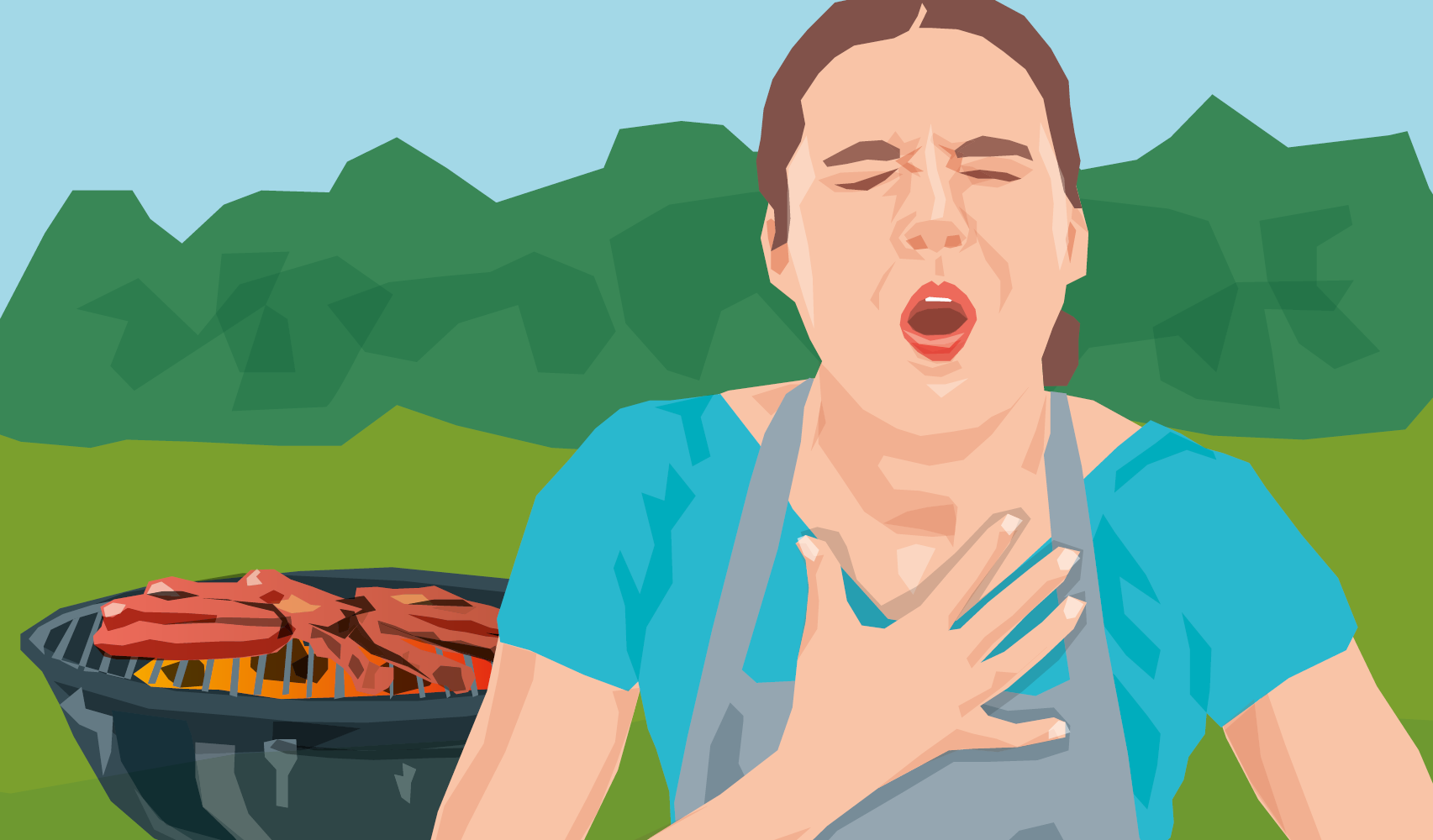SWALLOWING DIFFICULTIES:
EOSINOPHILIC OESOPHAGITIS?
INFORMATION FOR PEOPLE WITH THE CONDITION



FREQUENTLY ASKED QUESTIONS
What is EoE?
EoE (eosinophilic oesophagitis) is a chronic inflammation of the oesophagus that, if left untreated, leads to changes in the tissue of the oesophagus and, over the years, to narrowing of the oesophagus. Extremely typical symptoms of EoE are swallowing difficulties due to acute inflammation or the reduced diameter of the oesophagus. Read more ...
What are the symptoms of EoE?
Symptoms may vary and also depend on the age of the patient. The main symptom in adults are swallowing difficulties, also known as dysphagia. Sometimes this dysphagia is accompanied by pain when swallowing. The medical term for this symptom is odynophagia. In children, symptoms are much more complex. They can range from food refusal and vomiting to developmental and growth disorders. Read more ...
How do I find out if I have EoE?
EoE must always be diagnosed by a gastroenterologist (digestive disease specialist). Following detailed recording of the medical history, an endoscope (a flexible tube with image transmission) is used to examine the oesophagus. During this endoscopy, a series of small tissue samples (biopsies) are taken and then examined under the microscope. If you or one of your relatives experience any of the typical symptoms, please first contact your GP who will then refer you to a specialist for further investigations.
Can EoE be treated?
EoE cannot be cured, but certain treatments may reverse the inflammatory changes in the oesophagus, significantly improve symptoms and quality of life for patients, and prevent the disease from progressing. Your doctor will discuss the individual options with you.
Is it possible to prevent EoE?
EoE is a chronic disease associated with the immune system and cannot be avoided by preventive measures. Exactly how EoE develops has not yet been conclusively researched. Although there is some evidence that genetic predisposition and environmental factors play a role, treatment can only be started after symptoms have occurred and a professional diagnosis has been made.
Is EoE passed on to one's children?
Although there is probably a genetic predisposition, research is not yet able to say with certainty whether and how the disease is passed on to one’s children.
Is EoE equally common in men and women?
Men are three times more likely to be affected by EoE than women.
What causes EoE?
It is not yet fully understood what triggers EoE, but there is clear evidence that the disease is caused by allergens (substances that cause allergic reaction) in food or the air. Additional factors include environmental influences and genetic predisposition.
How common is EoE?
EoE is a rare disease. Across Europe, an average of about 29 in 100,000 people are affected, but there are major geographical differences.
Where can I find more information about living with EoE?
Your doctor’s surgery is a good first point of contact for any questions you have about EoE. You will also find a lot of information about the disease and its treatment on this website. We are currently developing further support that aims to show EoE patients and their families how they can live well with the disease.


